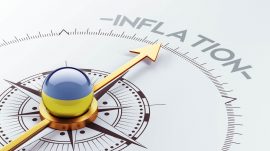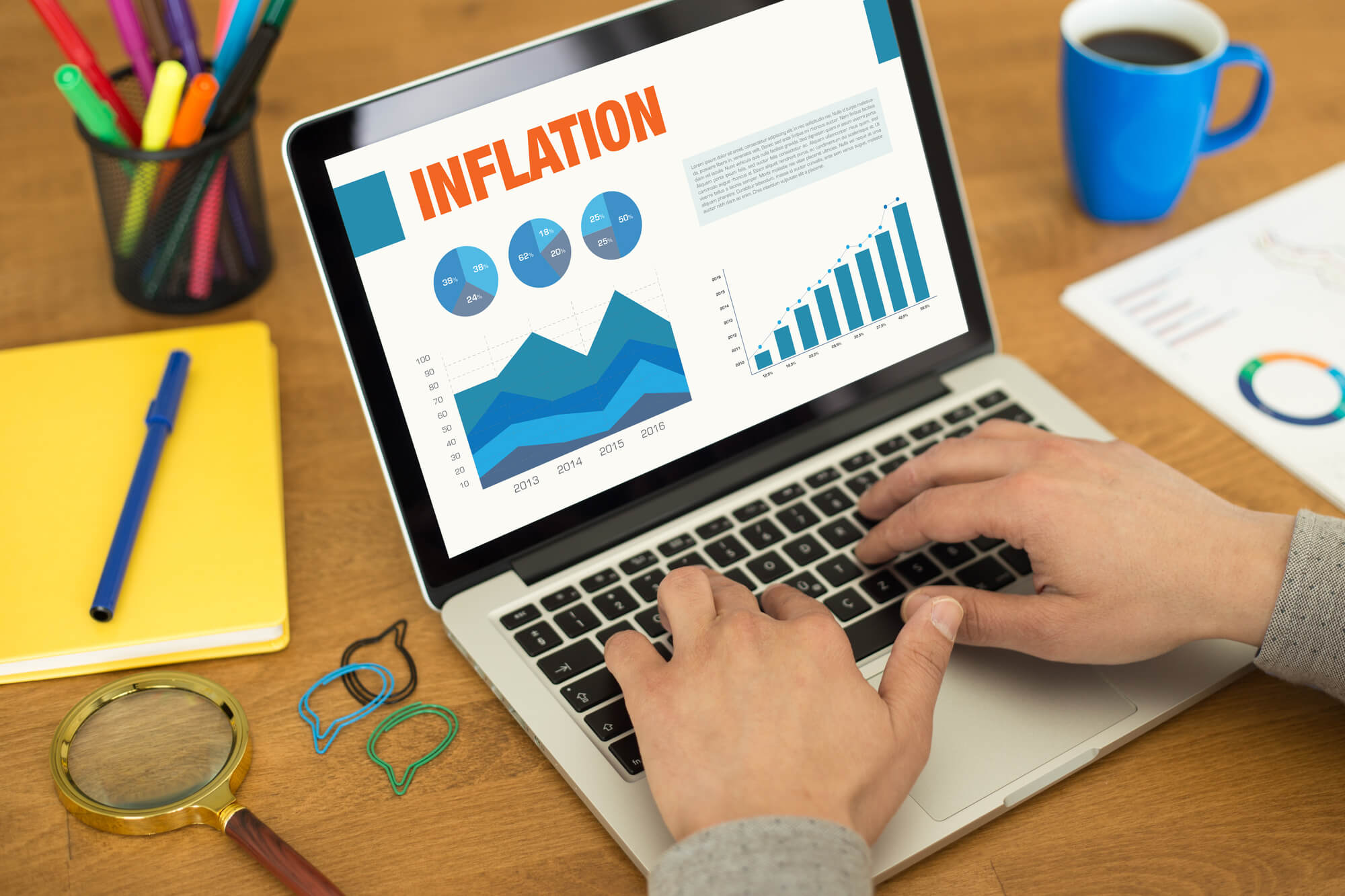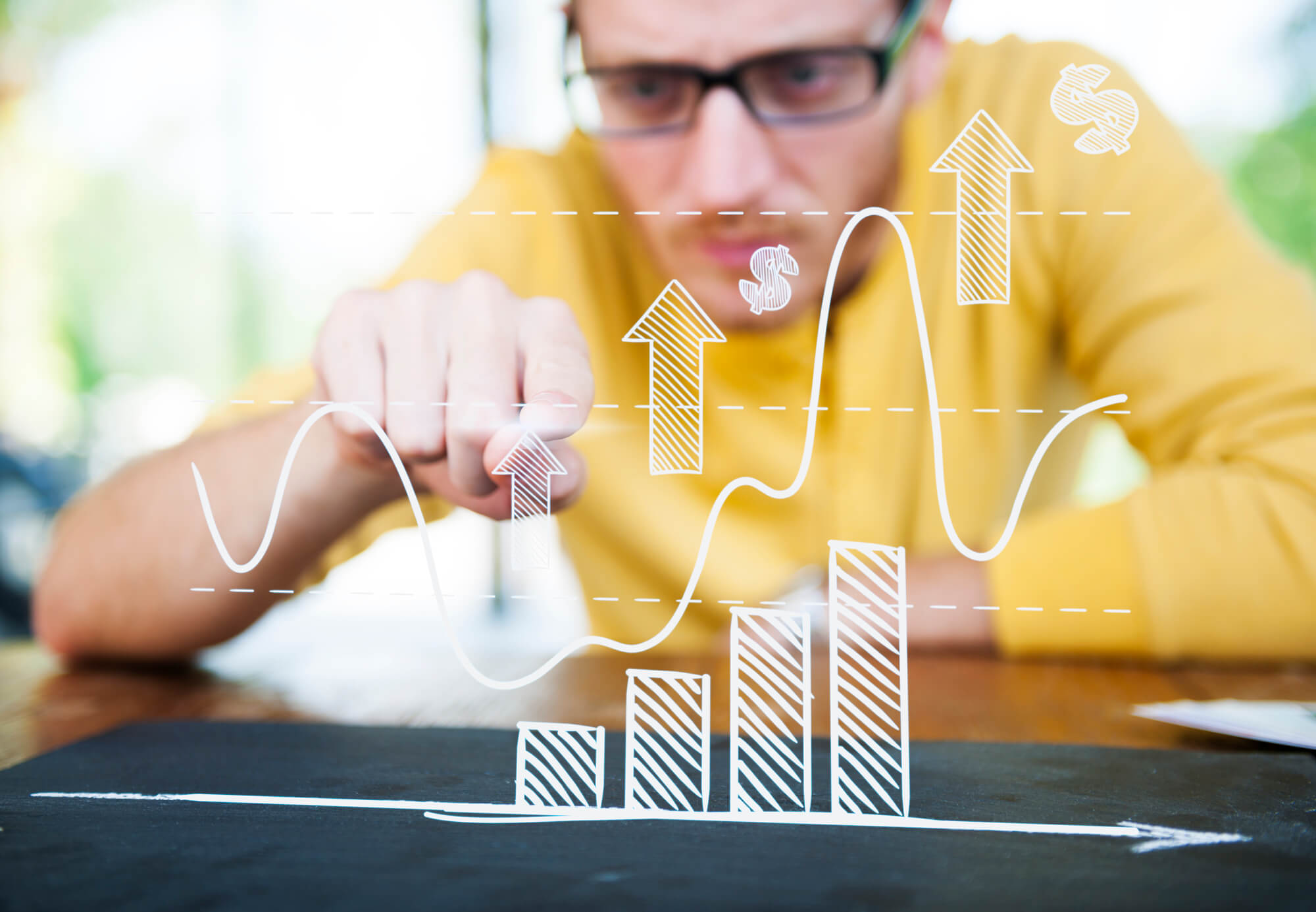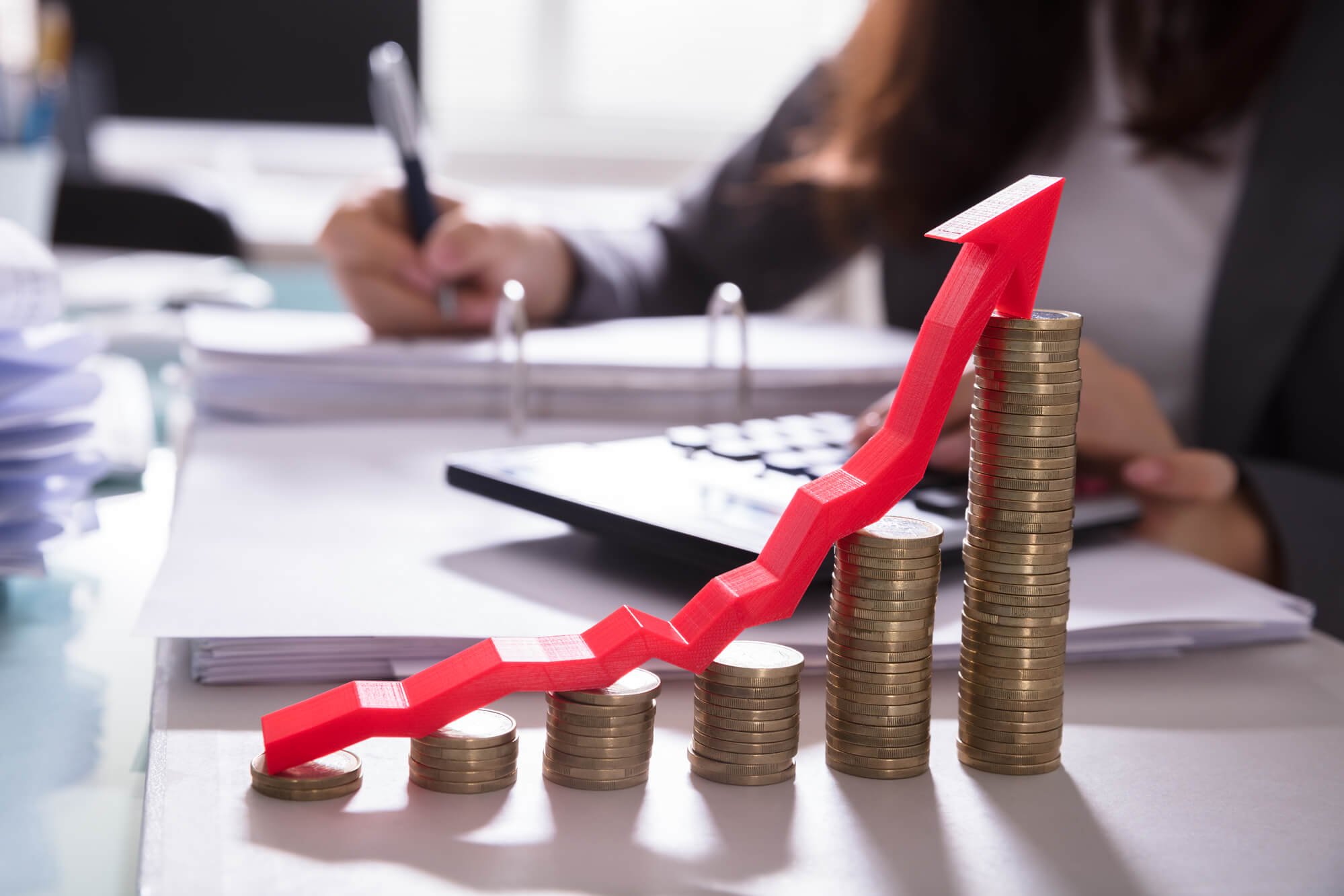
No matter what your income level might be, inflation can make a difference in your budget. American consumers are having to adjust their spending priorities in light of increased costs for consumer goods and utilities, leaving many people wondering just how long these economic trends will continue.
Unfortunately, the answer depends on the type of inflation happening at any given moment. In fact, there are different types of inflation, each of which will have a different impact on the average consumer.
Curious about some of the basic inflation types that occur in the American economy? Gain some insight on when consumers can expect to see some relief from the current economic trends below.

Inflation in America Today
As the U.S. Federal Reserve continues to raise interest rates, Americans are increasingly buried by record-setting inflation.
How are consumers coping with these historic highs? According to data from the consulting firm McKinsey, Americans are making adjustments to their spending habits in light of recent inflation:
- Roughly 75% of adults are cutting their spending on essentials like groceries
- 60% of adults report reducing the number of things they buy
- 44% of adults have delayed making a purchase
- 37% of adults now shop at a cheaper retailer or seek discounts
While the prices of commodities like gas have dipped slightly over the summer of 2022, some experts don’t expect inflation rates to normalize until sometime between 2023 and 2025.
Ways of Measuring Inflation
One of the ways to consider inflation is to look at the speed at which it progresses. While this is not an exact science, many economists use three descriptors to classify inflation, based on the rate at which it occurs:
- Creeping Inflation: When prices rise by 3% or less per year
- Walking Inflation: When prices rise by 3% to 10% per year
- Galloping Inflation: When prices rise by more than 10% per year
Believe it or not, creeping inflation can actually be a helpful type of inflation. Central banks usually aim to keep inflation between 2% and 3% per year. Why? This increases spending. But keeping inflation rates low can also ensure sustained, manageable economic growth without putting additional burdens on consumers. Unfortunately, once inflation gets out of hand, it’s hard to regain control.
What Causes Inflation?
What’s driving these rising costs? The answer actually depends on who you ask. The world of economics is complex, but the two prevailing theories are attributed to John Maynard Keynes and the “monetarism” commonly associated with Milton Friedman.
What Causes Inflation According to Keynes?
John Maynard Keynes was an influential British economist whose work spans the late 19th and early 20th centuries. According to Keynes, the economy is stimulated by large-scale demand, which is why Keynes was such a strong proponent of government intervention to steer the economy in the right direction.
Keynes believed that there were two root causes of inflation:
Cost-Push Inflation
Cost-push inflation happens when the cost of production increases. This is generally tied to the price of materials, labor, and business processes. When these costs rise, so do consumer costs across the country.
Basically, Keynes believed that inflation would occur when production costs rise across multiple businesses and industries, which would mean that these costs could be passed on to consumers.

Demand-Pull Inflation
If cost-push inflation relates to questions of supply, then demand-pull inflation relates to demand. When the demand for a product exceeds the existing supply, the price of that item naturally increases. Thus, if consumer demand rises across the entire economy, consumers can expect to see a rise in prices.
What Causes Inflation According to Monetarist Economics?
Monetarism, commonly associated with the American economist Milton Friedman, insists that inflation is tied to the existing money supply. When the supply of money increases, the buying power of the dollar decreases. Considered this way, inflation is simply a method of adjusting to the declining value of U.S. currency.
Monetarism doesn’t provide a model for inflation the way Keynes does, though it can help to explain why prices are rising economy-wide.
Different Types of Inflation
These two schools of thought hardly exhaust the possibilities. Here are some of the other common inflation types at work in the U.S. economy:
Hyperinflation
Hyperinflation is easily the most pronounced type of inflation in economics, but thankfully, it’s comparatively rare. Hyperinflation happens if prices rise by more than 50% each month. Some of the most common historical examples include countries that have had to print more money to pay for war efforts, like Germany in the 1920s.
Stagflation
Stagflation is another devastating form of inflation. It occurs when there is little economic growth, yet there is still a measurable rise in the cost of real estate and consumer goods across the economy.
Currently, economists warn that housing prices are rising faster than household incomes, a possible indicator of stagflation happening in the 2022 American economy.
Deflation
Technically, deflation isn’t a type of inflation — it’s actually the opposite. Deflation refers to falling prices, often localized around a particular asset class.
The housing crisis of the early 2000s was caused by deflation. Americans who bought their homes in 2005 found themselves trapped when housing prices dropped the following year.
Deflation can even be the catalyst that converts an economic recession into a full-on depression, as America learned in 1929. Worst of all, deflation can be harder to manage than inflation.
Wage Inflation
This type of inflation occurs when workers’ pay rises faster than the cost of living. This often happens when workers are in short supply or when workers control their pay through labor unions or other kinds of collective negotiations.
Why is this a bad thing? An imbalance of wages and living costs can actually drive cost-push inflation. Higher labor costs translate into higher costs of consumer goods, which can drive inflation across the entire economy.
Asset Inflation
Asset inflation can often be broken down into its constituent assets, such as the cost of gas, food, oil, or gold. Asset inflation simply means that the cost of these goods increases at a faster rate than the others.
For instance, if the cost of gas suddenly spikes, then inflation can be said to occur in that specific asset class. This usually happens during periods of shortage, such as America’s current supply chain crisis.
Core Inflation
Core inflation is a type of inflation rate that measures the price of everything but food and energy. The reasoning is simple: Gas prices rise every summer due to travel, and rising fuel costs likewise drive up the cost of groceries. Core inflation therefore serves as an indicator of the broader consumer economy.
What Type of Inflation Is Happening in the U.S. Today?
These inflation types are not mutually exclusive. It’s possible that America is facing multiple types of inflation and even seeing stagnation in certain sectors. For example, you’ve likely already felt the effects of asset inflation.
The way forward is to stay the course, tighten your belt, and ensure that your long-term investments are well-maintained. Like most Americans, this likely means making some adjustments in spending habits until this economic period subsides.
But this is also a good time to evaluate your investment portfolio and ensure that you have the diversity to weather downturns in specific industries. And who knows? In an economic slump, now might even be a good time to snag some high-cap stocks at historically low prices.

Be an Informed Investor
At Gorilla Trades, we believe that successful investors are informed investors. Our members get access to more great content like this article, as well as the tools you’ll need to navigate the market like a pro. Sign up today for a no-obligation trial and you’ll enjoy 30 days of stock alerts absolutely free.
